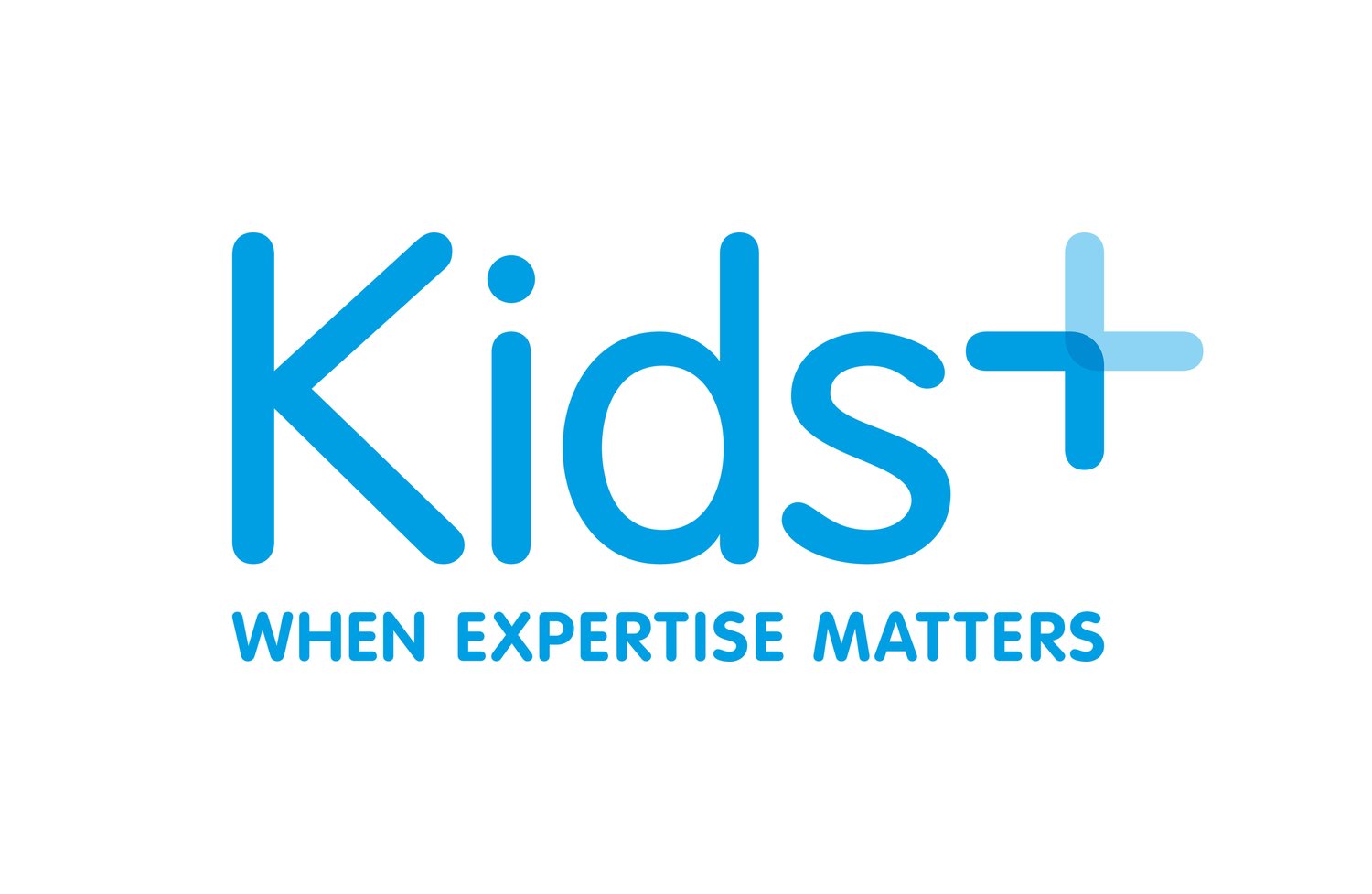AAC and Advocacy
One of the greatest things we do every day is communicate with one another to connect. It is an important and necessary part of life. Without the existence of communication between humans, I am not sure how the world would cope and I wonder if people would get along. Imagine if you couldn’t communicate verbally. How would you feel? This is the reality for many non-verbal people who have a voice inside but cannot output their message.
So then, how does this person communicate? Luckily, we are living in the 21st century, and AAC devices have been invented. An AAC device, is a speech-generating device that allows a person to get their message across to their communication partner. This technology unleashes the non-verbal person’s voice, it allows them to communicate within a public forum and enables them to get their life going! But, It comes with a difficult challenge too. When using an AAC device out in the community, it can be challenging for the user to get people’s attention as they do not know what AAC is and how it works. So, it is best to prepare for this situation and make a list of sentences like, can you please wait until I craft my message? Or, if the person did not answer your question, why are you ignoring me? That way, the AAC user will start the conversation first and, most notably be advocating for themselves. Then, hopefully, the person realises this person wants to ask something and is willing to help them. Self-advocacy is essential, especially for AAC users, because it is their voice that provides the capacity to share thoughts and opinions. It is terrific to also be able to defend oneself too, if they are treated poorly by using rejection words like no, stop, and this is unfair.
One of the reasons AAC has been invented is so the user can speak up and stand up for themselves. Your voice matters. Sometimes, the AAC user might need to speak up if someone is mistreating them or assumes they cannot communicate, it is also very important in having direct communication with a support worker. Otherwise, it can be difficult for the support worker to communicate with their client. They do not know what the AAC user is thinking.
Please do not assume that the user cannot do things like other people because they are non-verbal.
And please take some time to get to know those that communicate non-verbally and talk directly with us. Presume the potential of someone who communicates differently.
